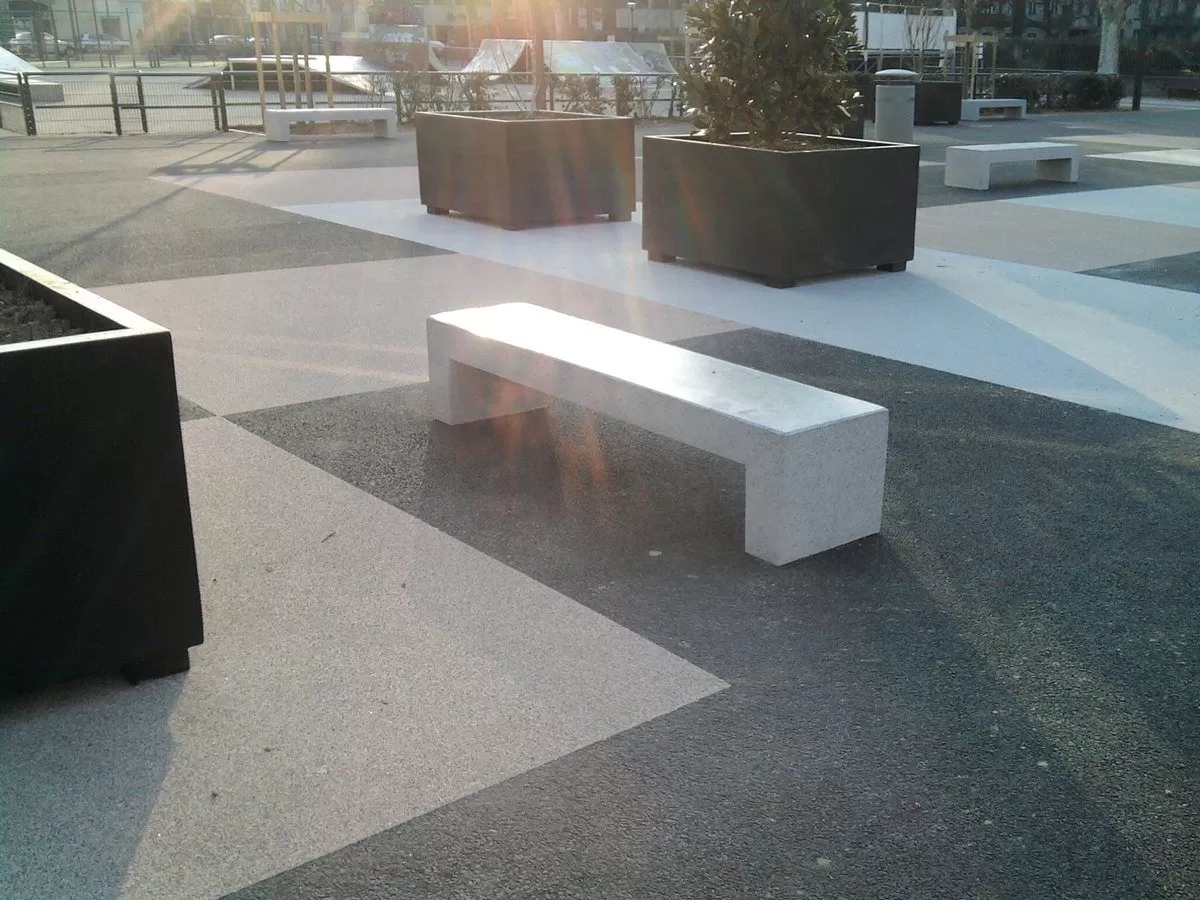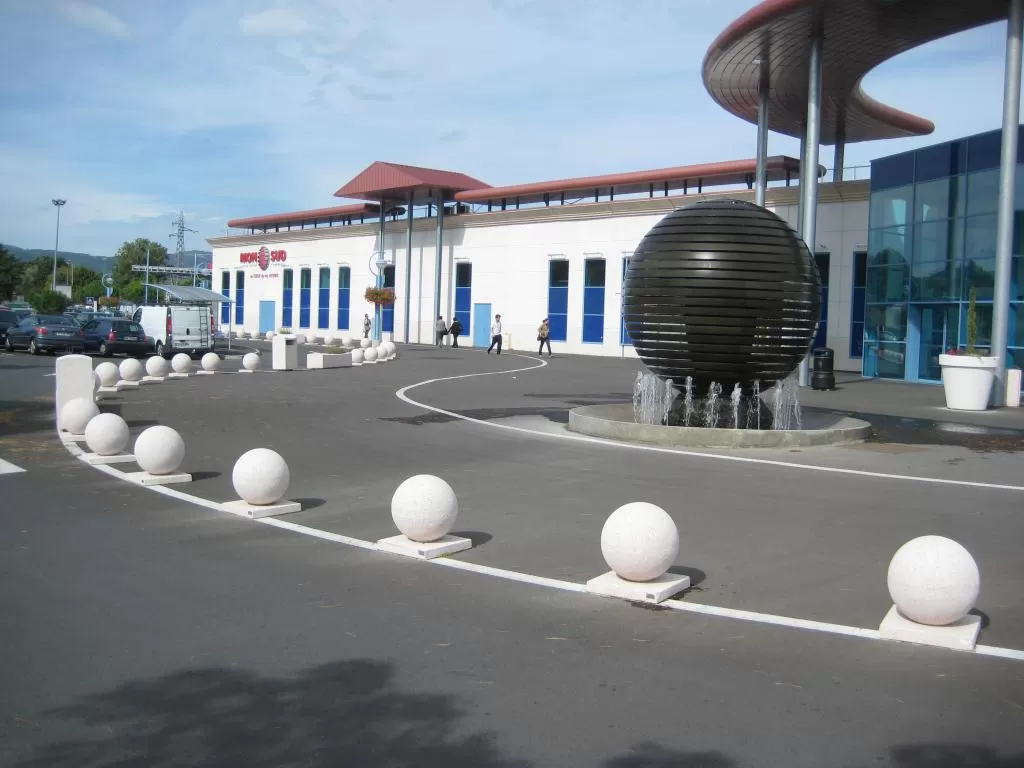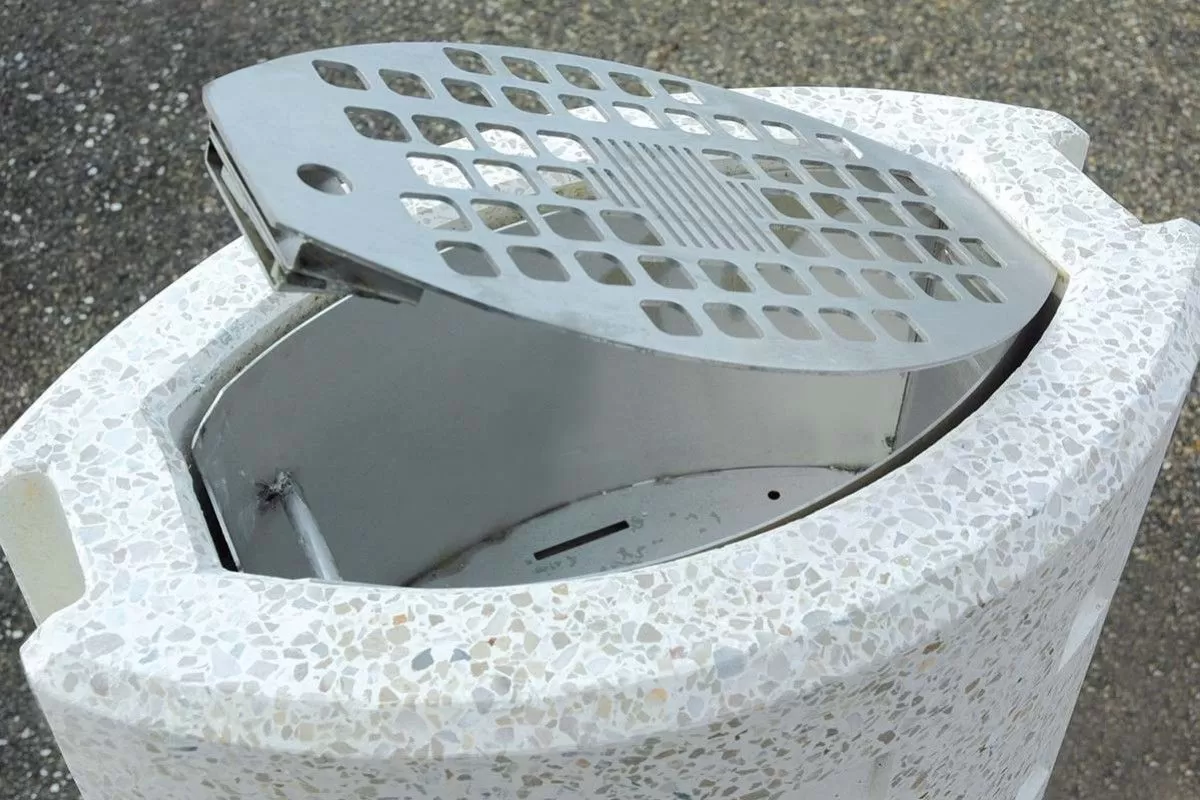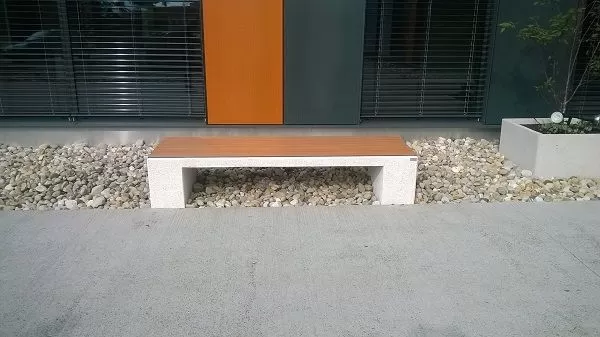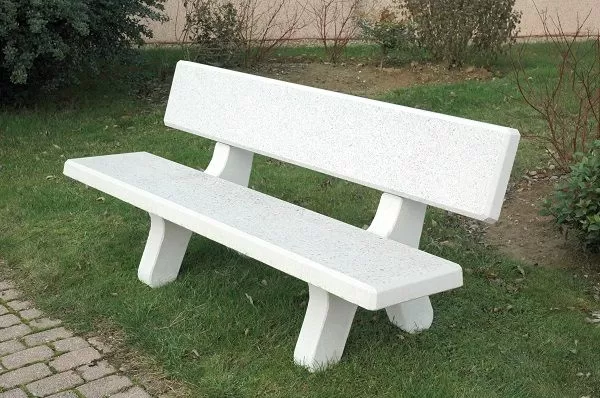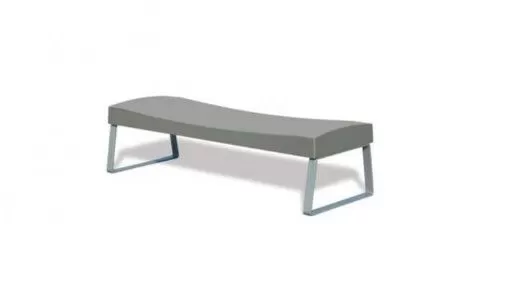The designs and layouts of rest areas often present problems for local authorities and motorway managers. Rest areas must be able to meet the needs of each individual. View our guide to designing convenient rest areas.
The differences between a service area and rest area
We can often find two types of break areas for stopping on motorways. While some spaces offer only basic facilities, others have more extensive infrastructures.
Large service areas
Located every 40 to 50 kilometres on average, service areas offer parking and a full range of services.
They can help to make a journey more pleasant. They have petrol stations as well as charging stations for electric vehicles.
Travellers will also be able to enjoy a food court, children's play areas and many kinds of shops. Modern service areas are equipped with a variety of shops and are similar to mini shopping centres, so encouraging motorists to stop for longer.
For long-distance travellers, service areas also offer washroom and shower facilities to freshen up. They also have basic facilities such as toilets, picnic areas and parking lots.
Rest areas
Motorway rest areas are simple in design but offer the essential facilities for a pleasant break. They are located every 15-20 kilometres or so, and are often named after the nearest village.
The facilities will include a drinking water outlets, toilets and showers, as well as eating facilities such as outdoor picnic tables and concrete benches. Rest areas are also open to heavy goods vehicles, often with separate parking spaces from cars and motorcycles.
The more remote rest areas are often set in the middle of wooded areas and take advantage of the surrounding trees to provide shelter.
Creating a rest area
All rest areas must be designed so as to make life easier for their users. They are deemed to be Installations open to the Public (IOP) and their infrastructure and equipment must be accessible to all travellers. This means easy access, especially for people with reduced mobility.
Securing the spaces
First and foremost, rest areas provide parking spaces for motorists and lorry drivers. The signs and traffic zones in rest areas need to be suitable to optimize traffic flow.
This starts with the installation of signs to indicate the various areas. Pedestrian zones must then be indicated with legible pavement markings and other equipment such as concrete bollards, parking bollards and central medians.
Hygiene and cleanliness
Rest areas must be equipped with public toilets which are accessible for PRM. These are one of the basic services found at motorway rest areas.
Just like our integrable public toilets, our highway toilet blocks are designed for outdoor use and are weatherproof. Customizable and modular, each public toilet block can be adapted for the number of visitors and the location of the site. Some models also feature showers and a childcare area.
Creating places to eat and relax
While rest areas don't offer restaurants or food outlets, they do have picnic tables and concrete benches.
Travellers can enjoy outdoor picnics away from the parking areas and toilet facilities. Generally made from wood and concrete, these facilities blend in perfectly with the tree-lined landscapes of rest areas.
Reducing waste
Even on the motorways it's important to do the right thing for the environment. After you’ve had your picnic it's not always easy to find a rubbish bin.
Rest areas should always have rubbish bins and ashtrays available. Constructed from concrete or other solid materials, they are resistant to weathering and damage and prevent rubbish being scattered around.
Some areas even have recycling bins to encourage recycling and reduce waste volumes.
Greening the landscape
The fact that a rest area is next to a tarmac motorway does not mean that it cannot have plants and other embellishments.
When taking a break at a rest area, travellers are looking for a place where they can relax. To achieve this, we need to create a harmonious environment with green spaces, from which drivers can leave feeling rested.
The aforementioned facilities already contribute in large part to the well-being and comfort of their users, but some of them can still appear to be slightly unwelcoming.
It is therefore essential that rest areas are made more green with flower beds and solid concrete planters. As well as naturally demarcating zones, plants have beneficial effects both for the users and the biodiversity of the surroundings.



